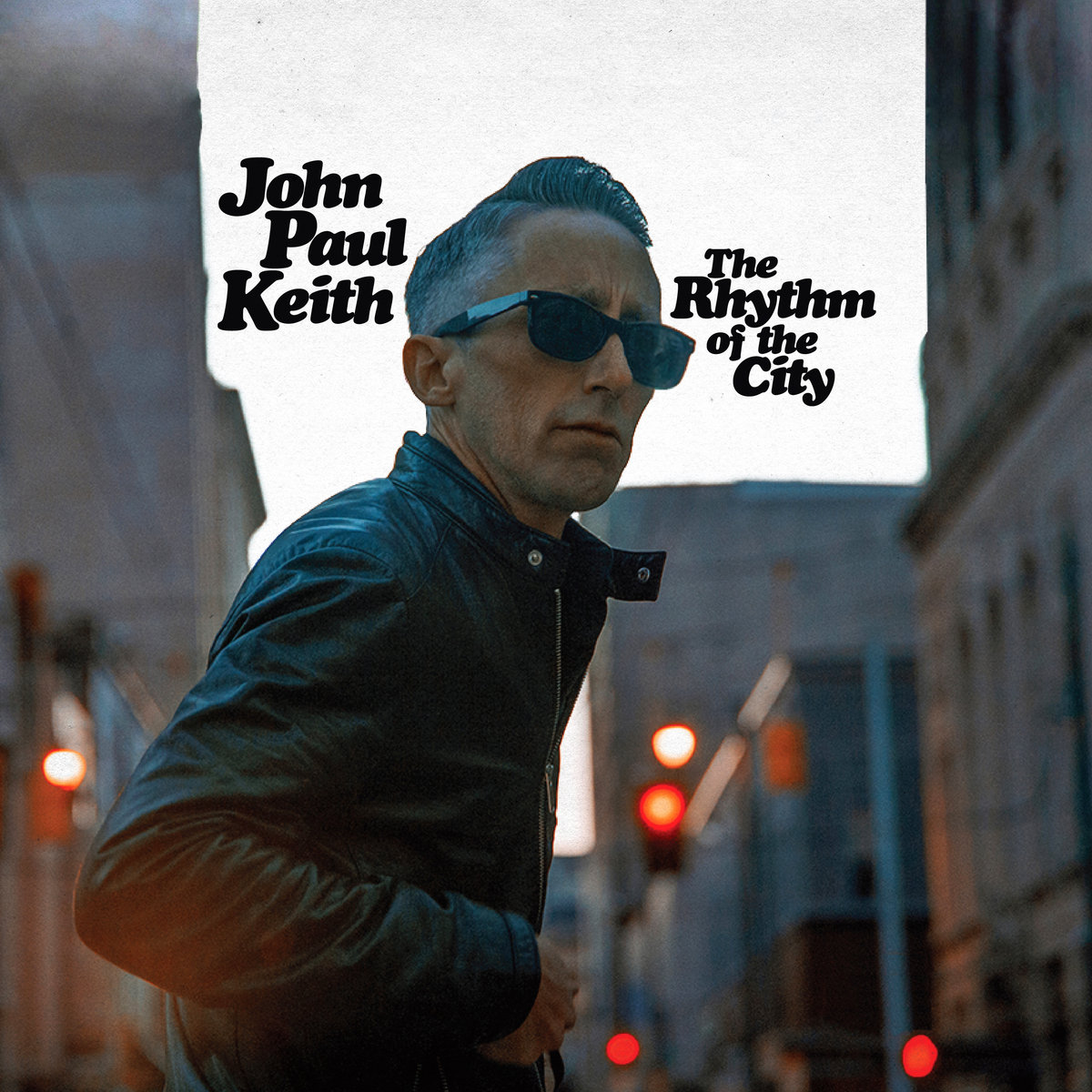
JOHN PAUL KEITH: THE RHYTHM OF THE CITY



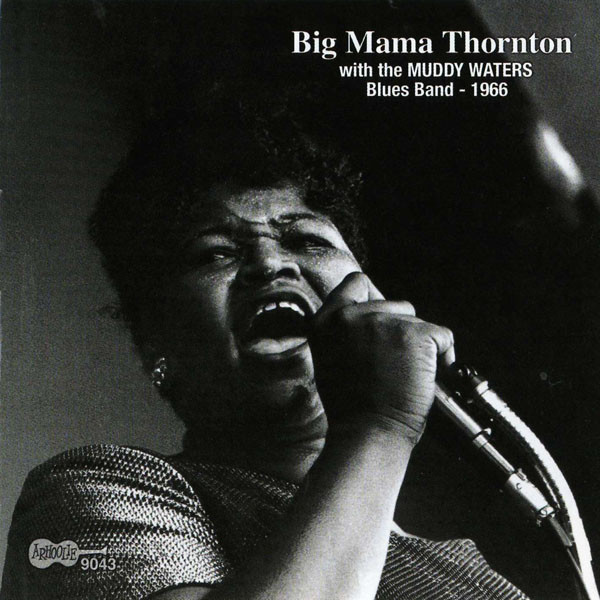
RECOMMENDED ALBUMS: BIG MAMA THORNTON IN EURPOE (Arhoolie), BIG MAMA THORNTON AND THE MUDDY WATERS BLUES BAND (Arhoolie), THE ORIGINAL HOUND DOG (Ace Records)
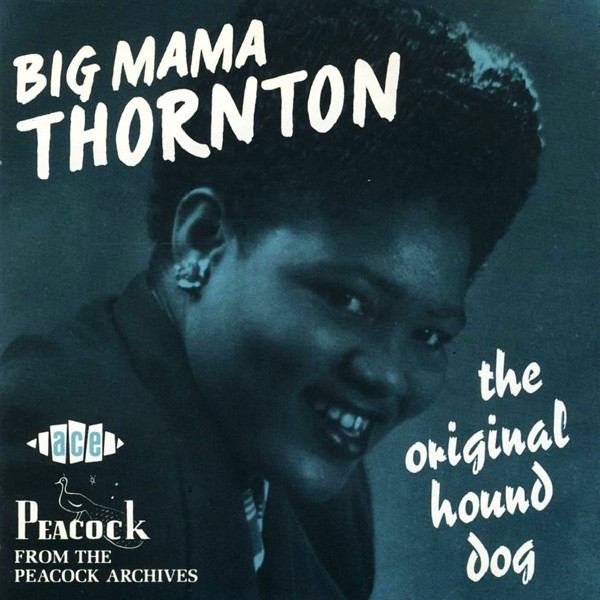
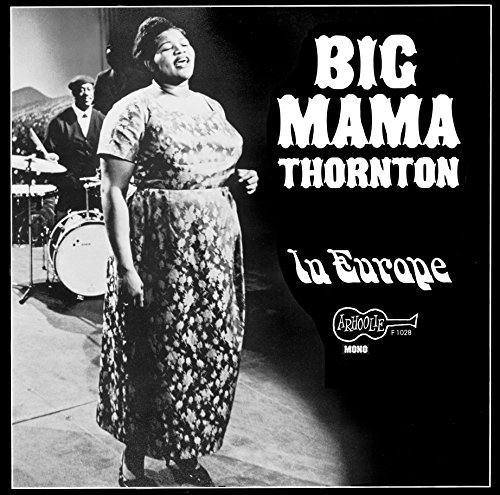
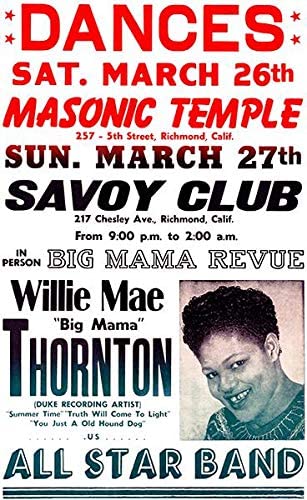
Born in Arkansas in 1915 Sister Rosetta Tharpe influenced Rock and Popular music more then most people know. A young Little Richard got his start by opening for her before anybody knew who he was. Elvis, Johnny Cash, and Bob Dylan all cite Sister Rosetta as a major influence, and during her heyday she performed for stadium sized crowds all over the world. In short, Sister Rosetta was a rockstar before Rock n’ Roll even existed.
Â
A few years ago while I was doing a blues gig in San Francisco and I got into a conversation with another musician about great Blues guitar players.  “It’s a shame there aren’t any great blues players left” he said.  “That’s not true” I replied, “B.B. is still around and of course you have Buddy Guy”.  The musician gave me a strange look and said “What?! Why do you like Buddy Guy?  I saw him once and he just played a bunch of Hendrix riffs”.  All I could do at that point was chuckle and reply, “Yeah, well where do you think Hendrix, got some of those ideas from?  Jimi was a student of the Blues and listened to all the blues records he could get his hands on. The guitar player on many of these records was Buddy Guy. ”
Buddy Guy’s guitar playing has inspired guitar players in every genre of music for over fifty years. Always an exciting live act, Buddy has taken his exciting brand of electric blues all all over the world. He’s shared the stage with blues legends like Muddy Waters and rockers like The Rolling Stones. He’s headlined countless festivals, performed on television and even performed for Presidents and royalty. That being said his impressive career isn’t limited just to the stage. During the 1960’s Buddy was an in-demand studio musician for Chess records and played lead guitar on many hits by the likes of Muddy Waters, Howlin’ Wolf, and Koko Taylor. In short, Buddy Guy has lived enough in his 76 years of life to count for three lifetimes.
In “When I Left Home” Buddy (with help from David Ritz) takes us from the farm he grew up on in Louisiana to the streets of Chicago.  A master storyteller, Buddy doesn’t hold back when talking about the ups and downs of life as a blues man. With a mother in need of extra medical attention after suffering a stroke, he left Louisiana for Chicago in search work that would able him to not only support himself but also send money back home to Louisiana. Already proficient on guitar from playing around clubs in Louisiana, Buddy worked himself into the Chicago scene with the help of some local blues fans and eventually with help from the great Muddy Waters. One would think that this would be the ending of our story, but this is only the beginning. Over the next several years Buddy works hard to establish himself as one of the premier Blues guitar players on the Chicago scene. Working as a tow-truck driver in the day, playing clubs and doing recording sessions at night he found himself working night and day to make his dream happen and take care of his family. “When I Left Home” is the no-nonsense story of George “Buddy” Guy, and like it’s author, this story is THE REAL DEAL.
Not familiar with the music of Buddy Guy? Here are some albums I think you might enjoy. There are also many single recordings featuring Buddy, more information on these recordings and the albums listed below can be found in the back of the book “When I Left Home”.
Artist/Album
BUDDY GUY ALBUMS
“Buddy’s Blues” (Best of his Chess recordings)
“A Man and The Blues”
“Buddy and The Junior’s” (Buddy Guy with Junior Wells and Junior Mance)
“Damn Right I Got The Blues”
“Sweet Tea”
“Blues Singer”
“Can’t Quit The Blues” (Box Set)
RECORDS FEATURING BUDDY GUY
JUNIOR WELLS “Hoodoo Man Blues”
MUDDY WATERS “Folk Singer”
This morning as I was writing a post to pay tribute to the life of the great Johnny Otis, who passed away yesterday, I learned of the passing of one of the greatest artists Johnny ever discovered, Ms. Etta James. While Etta James is a house-hold name (and rightfully so) the name Johnny Otis is sadly becoming less and less known by today’s music fans. Besides giving Etta James her first big break, Mr. Otis also helped start the careers of many top R&B performers. When not performing with his own band he was in the studio recording and producing sides for many of the best R&B performers. It was Johnny Otis who produced and performed on the original 1952 recording of Hound Dog featuring Big Mama Thornton. Two years later in 1954 Otis found himself in the studio again with another young blues singer, a woman by the name of Jamesetta Hawkins. Like Big Mama Thornton, Jamesetta started out performing with The Johnny Otis Band. She then moved to Los Angeles and entered the studio with the band to record what would be her break out song “The Wallflower (Roll With Me Henry)”. Written by Johnny Otis “The Wallflower” was an answer song to the Hank Ballard tune “Work With Me Annie”. Shortly after the release of the song Jamesetta (now going by the stage name Etta James) started off on a solo career that would last over 50 years. She recorded many smash hits for a number of different labels and released albums up until 2011. In addition to being successful in the recording studio James was also successful on the stage and would continue to be an in-demand performer until 2009 when she was unable to perform due to health issues.
As for Johnny Otis, discovering Etta James was just one of the many highlights in a career that lasted well into his eighties. A true renaissance man, Otis was a songwriter, performer, producer, author, store and bar owner, and painter. He even got involved in politics in his home state of California during the 1960’s. However, with all these accomplishments Johnny Otis is probably best know for writing the hit song “Willie and The Hand Jive” which would sell over 1.5 million copies and be covered by Eric Clapton for his 1974 album 461 Ocean Boulevard.
During the their lifetimes both Etta James and Johnny Otis brought to joy to millions of fans all over the world, they are both members of multiple halls of fame, and their influence can be heard in the music of artists in every genre of music. They will both be dearly missed.